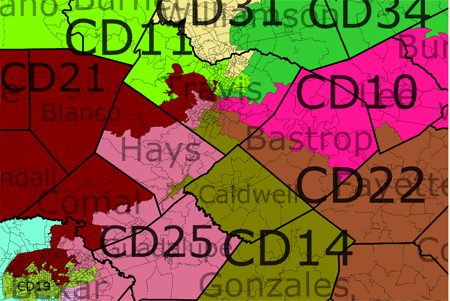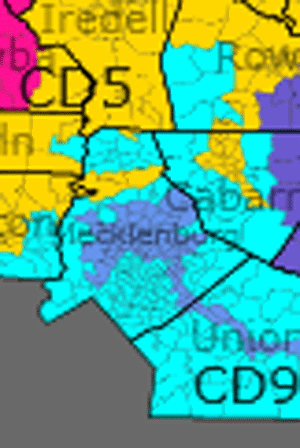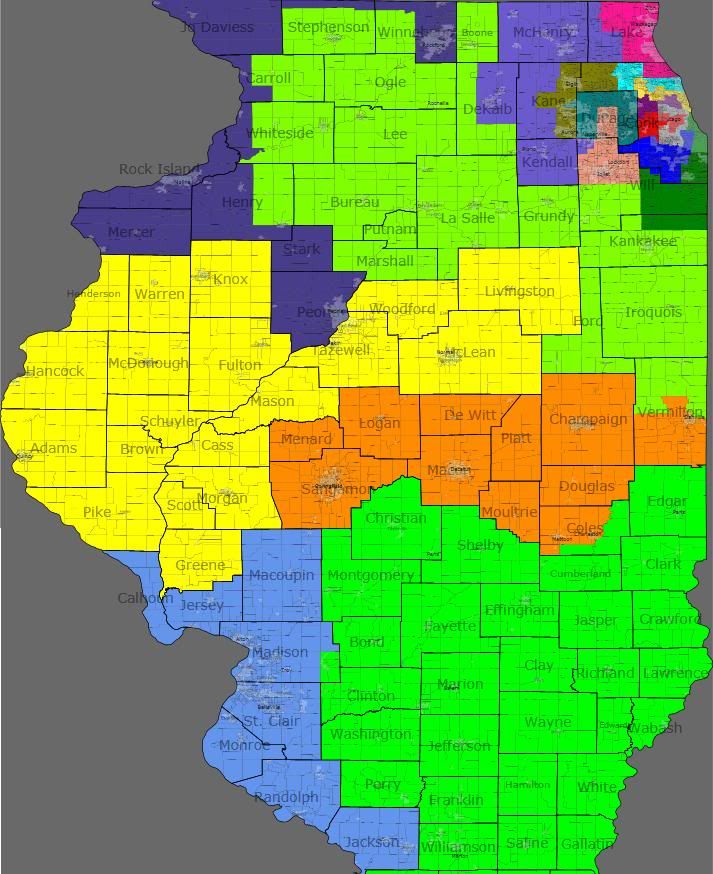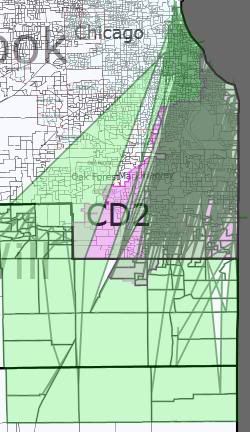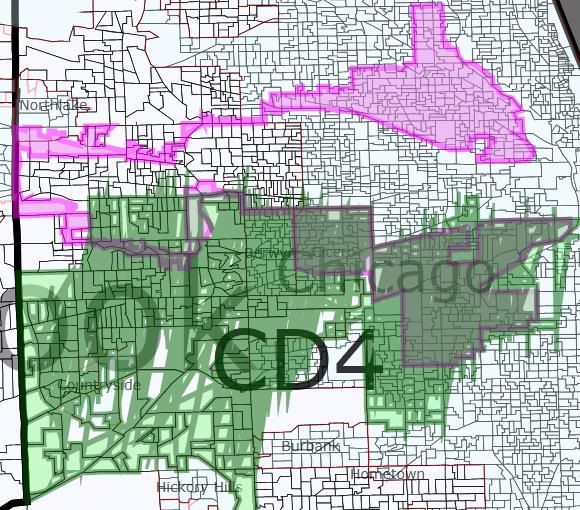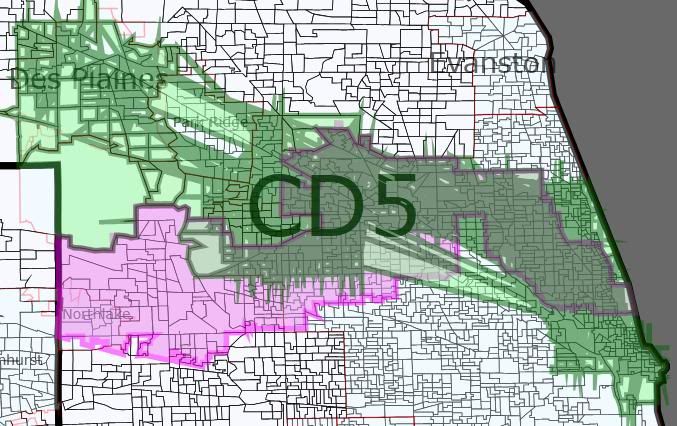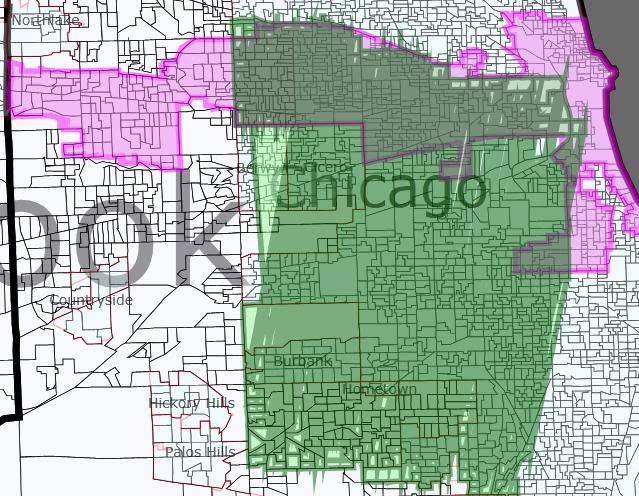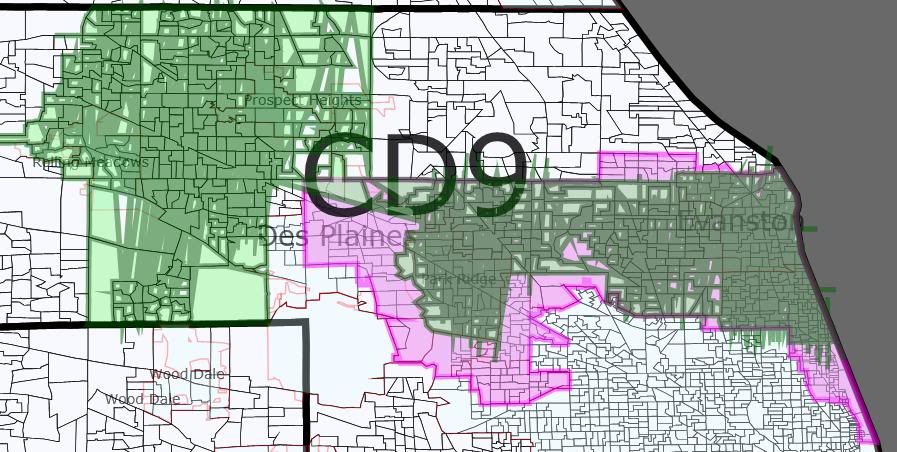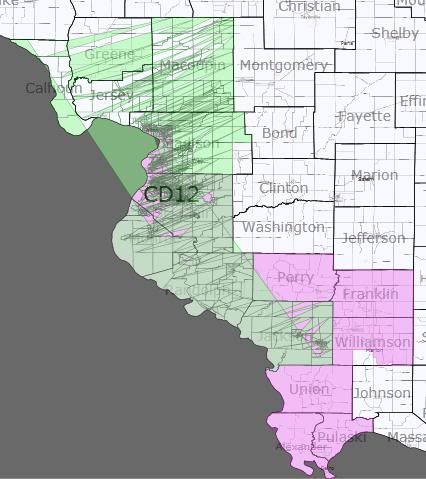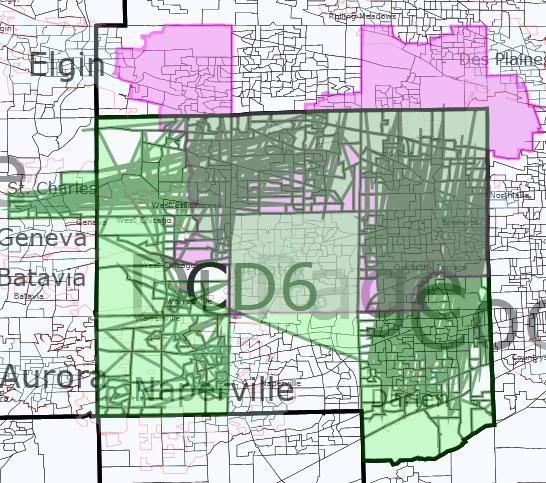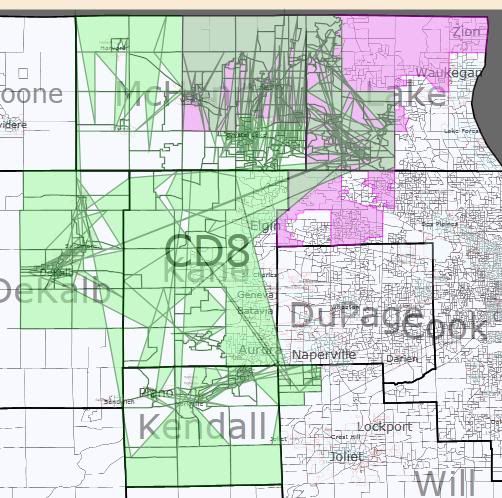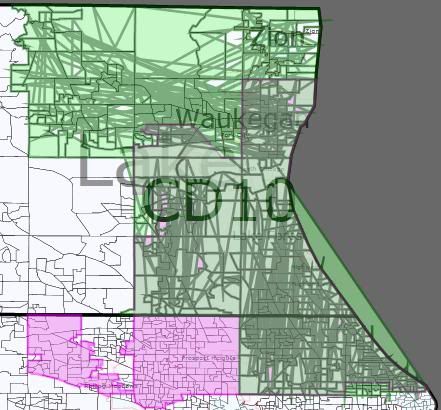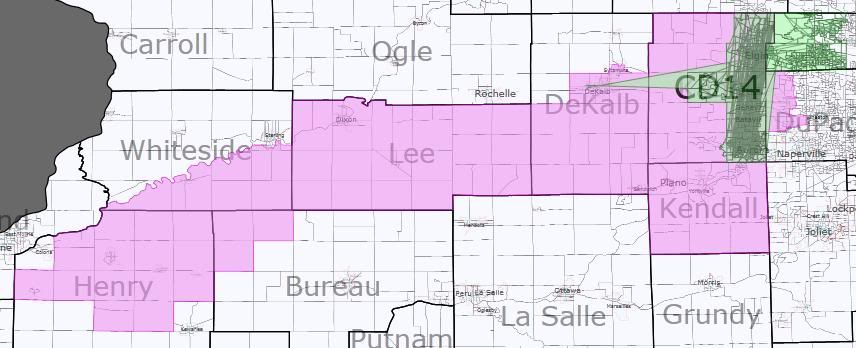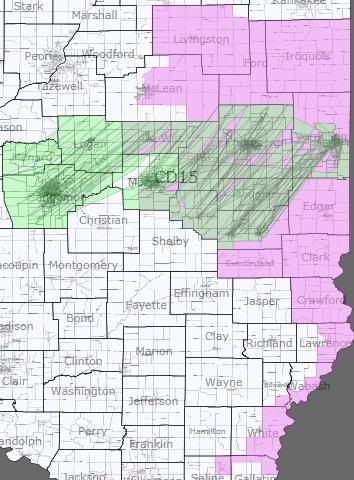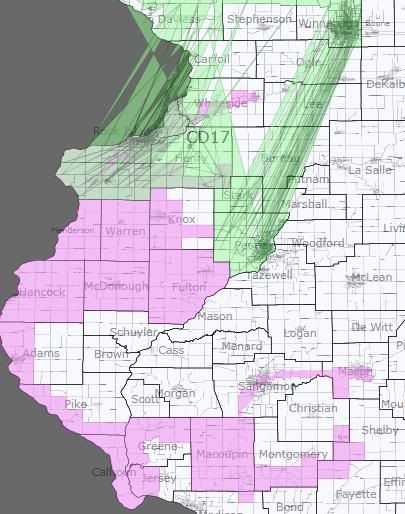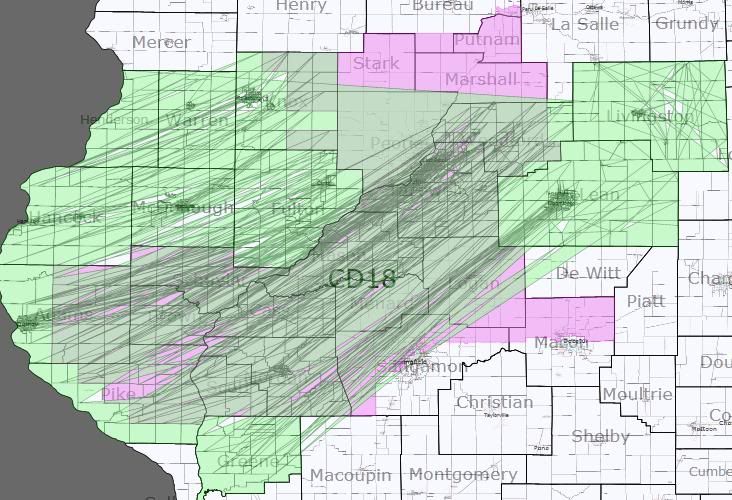• AZ-Sen: There have been vague rumblings that maybe Jon Kyl, the GOP’s 68-year-old #2 in the Senate, may not be running for another term… but that seems to be coming into sharper relief all of a sudden. Kyl has refused to publicly discuss his plans, the GOP’s state chair is saying Kyl is not likely to run again, and people are starting to notice that he’s sitting on only $620K CoH and hasn’t engaged in any fundraising yet. (Although it’s likely, once he decides, that he could quickly do whatever fundraising was needed to win.)
• CT-Sen: Ex-Rep. Rob Simmons sounds torn about another Senate run in 2012, and refuses to rule it out. However, he sounds unenthused, not so much because of his odds in the general as the likelihood of butting heads with the NRSC in the primary, whom he thinks has a fixation on Linda McMahon and her self-funding ability. Meanwhile, Rep. Chris Murphy is busy framing his “no” vote on the tax compromise in populist terms, clearly trying to set up some contrasts with Joe Lieberman.
• NE-Sen: I’d thought AG Jon Bruning was supposed to be some sort of killer-app for the local GOP to go against Ben Nelson, but you wouldn’t know it by the way they’ve kept casting about for more talent. Local insiders are still publicly airing their wish list, adding a couple more prominent names to it: Rep. Jeff Fortenberry and state Auditor Mike Foley. One lower-tier option is also floating her own name: state Sen. Deb Fischer, who represents that big empty north-central part of the state and says she’ll decide on a run once the legislative session is over.
• OR-Sen: Best wishes for a quick recovery to Ron Wyden, who will be undergoing surgery on Monday for prostate cancer. While it sounds like he’ll be back on his feet soon, he’ll be unable to vote for anything next week, which could complicate the final rush to wrap up stuff in the lame duck.
• TN-Sen: Bob Corker occasionally gets mentioned, at least in the rightosphere, as the possible recipient of a tea party primary challenge in 2012. The Hill finds that this may be fizzling on the launching pad, for the very simple reason that no one seems to be stepping forward to consider the race.
• WI-Sen: PPP is out with its poll of the 2012 GOP Senate primary, with another one of those let’s-test-everyone-and-their-dog fields, but unlike some of the other states they’ve looked at in the last few weeks, a U.S. Rep. wins, rather than a statewide figure. Paul Ryan (who probably gets enough Fox News attention to trump the disadvantage of representing only 1/8th of the state) is far in the lead at 52. Ex-Gov. Tommy Thompson (who if he didn’t run this year surely isn’t going to in 2012) is at 14, ex-Rep. Mark Green is at 9, AG JB Van Hollen and new Lt. Gov. Rebecca Kleefisch are at 6, new Rep. Sean Duffy is at 5, and already-forgotten 2010 contender Dave Westlake is at 1.
• IN-Gov, IN-09: Baron Hill says he most likely isn’t going to be running for anything in 2012, not Governor, and not his old seat in the 9th, saying he’s looking into private sector jobs for now, though also leaving the gubernatorial door “slightly open.” Interestingly, he seemed more enthused about a run for Governor in 2016 (which may be a tougher road to hoe, if there’s an entrenched GOP incumbent then instead of an open seat like 2012), although he also commented that “I don’t know if I’ll be alive in 2016.”
• MO-Gov: In case there was any doubt, Democratic incumbent Jay Nixon confirmed that he’ll run for re-election as Governor in 2012. Nixon also said that he’s raised $1 million for that race just since November; he’ll need it.
• WV-Gov: For what it’s worth, two of the state’s largest unions would like to see an expedited special election to replace Joe Manchin. Democratic House Speaker (and likely gubernatorial candidate) Rick Thompson agrees with them, saying there’s a constitutional conflict of interest in acting Gov./Senate president Earl Ray Tomblin’s dual position. In what may not be a surprise, Tomblin disagrees, saying that the law is clear that the special will be held in 2012.
• CA-06: Rep. Lynn Woolsey is seeming like she may be one of the first retirements of the cycle, if the flurry of activity among lower-level Marin County politicos jockeying for position is any indication. The 73-year-old is publicly weighing retirement, and state Assemblyman Jared Huffman has already formed an exploratory committee to run in her stead. State Sen. Noreen Evans, Sonoma Co. Commissioner Shirlee Zane, and Petaluma mayor Pam Torliatt are also listed as possible replacements.
• FL-25: It certainly didn’t take newly-elected Rep. David Rivera to get in legal trouble, and it’s something completely new, instead of anything having to do with that whole let’s-run-that-truck-off-the-road incident. He’s under investigation for an alleged $500,000 in secret payments from a greyhound track that he helped out to a marketing firm that’s “run” by his septuagenarian mother.
• ID-01: Don’t count on a rematch from Walt Minnick (or a run for higher office in Idaho, either): he says he’s done with elective politics. An oft-overlooked fact about Minnick: he’s a little older than your average freshman, at 68. He wasn’t going to be in the seat for much longer or look to move up anyway.
• NY-14: Remember Reshma Saujani, after losing the Dem primary in the 14th, said “I’m definitely running again” and “There’s no way I’m going to be ones of those folks who runs, loses, and you never see them again.” Well, fast forward a few months, and now she’s definitely not running again, although she may be looking toward a run for something in 2013 at the municipal level.
• DCCC: The DCCC held its first real strategy session of the cycle yesterday, and the list of top-tier targets that emerged is pretty predictable (Dan Lungren, Charlie Bass, Charlie Dent, Bob Dold!) except for one: Leonard Lance, who’s proved pretty durable so far. They may be counting on Lance’s NJ-07, which occupies roughly the middle of the state, to get tossed into the blender in the redistricting process.
• Votes: Here’s the vote tally from yesterday’s vote in the House on the tax compromise. It was a very unusual breakdown, with Dems breaking 139 yes/112 no and the GOP breaking 138 yes/36 no, with the “no”s coming generally from each party’s hard-liners, in a manner vaguely reminiscent of how the TARP vote broke down. (Also, some defeated or retiring Blue Dogs still voted “no,” like Allen Boyd, Gene Taylor, and Earl Pomeroy… while Dennis Kucinich was a “yes.”)
• History: Here’s an interesting story about the end of a little-known but important era in North Dakota politics: the effective end of the Non-Partisan League, a vaguely-socialist/populist farmers’ party that cross-endorsed Democrats for many decades, and had an outsized influence on the state (as seen in their state-owned bank and similar enterprises). With Byron Dorgan retired, most NPL stalwarts dead or aging, and agribusiness having replaced the family farm, it looks like the end of the NPL’s line.
• Redistricting: Dave Wasserman is out with a preview of next week’s reapportionment, and he’s rightly treating it like the NCAA playoffs draw, in that there a bunch of states on the bubble of getting or losing seats. Here’s how that plays out:
Georgia, Nevada, and Utah are all but certain to gain an additional seat in the House, while Iowa, Louisiana, Massachusetts, Michigan, Missouri, New Jersey, and Pennsylvania are all but certain to lose a seat and Ohio is all but certain to lose two seats…. the ten states in contention for the “last five” seats in the House (in order of likelihood to make the cut) are South Carolina, Florida, Minnesota, Washington, Texas, New York, California, Arizona, North Carolina, and Illinois.
He’s also been tinkering around with Dave’s Redistricting App, and has some maps that you’ll want to check out. Maybe most interestingly, there’s a solution to the IL-17 problem that actually makes it more Democratic while letting Aaron Schock and Bobby Schilling get much better acquainted with each other (the Fix also takes a look at Illinois today, coming up with similar ideas). Also worth a look: a good 10-district Washington map that gives Dave Reichert a heaping helping of eastern Washington.
• Site news: Due to holiday travel, other time commitments, and hopefully what will be a very slow news week, the Daily Digest will be on hiatus all next week. Don’t worry, though: I’ll make sure to be around on the 21st for the Census reapportionment data release (hell, maybe I’ll even liveblog the news conference), and if there’s any important breaking news, someone will get it up on the front page. In the meantime, happy holidays from the whole SSP team!



